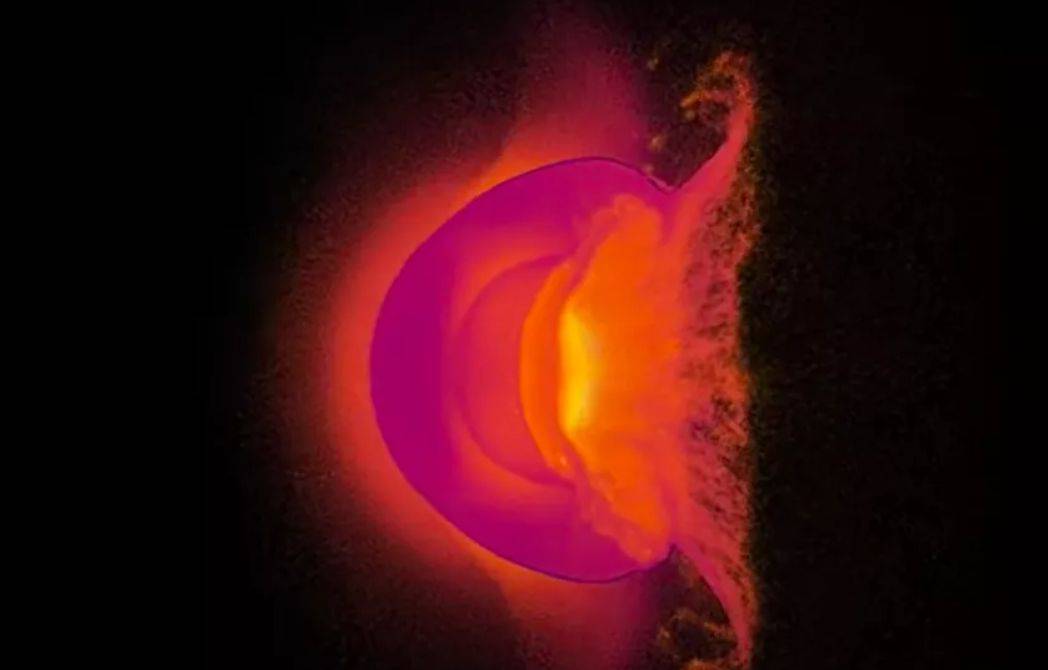Three-dimensional simulations show what would happen to an Earth-like planet if it is hit by a giant celestial body.
With the help of a supercomputer called the Cosmology Machine (COSMA), a group of scientists from the Universities of Durham and Glasgow, in the United Kingdom, simulated more than 100 different scenarios in which celestial objects moving at different speeds and at different Angles collide with an Earth-like planet with a thin atmosphere.
“We know that planetary collisions can have a dramatic effect on a planet’s atmosphere, but this is the first time we’ve been able to study the wide varieties of these violent events in detail.” said Jacob Kegerreis, lead author of the study, cited by EurekAlert.
Simulations suggest that a slow, indirect impact would cause less atmospheric loss than a rapid head-on collision. What’s more, a direct hit could destroy not only the entire atmosphere of a planet but also part of its mantle, that is, the layer below the planetary crust.
It is believed to have been an indirect impact with Earth from a small planet, roughly the size of Mars, that gave rise to our Moon some 4.5 billion years ago. New simulations suggest that this event may have stolen between 10% and 50% of Earth’s atmosphere in the early stage of its formation.
“At the moment it appears that the amount of atmosphere a planet loses due to these collisions depends upon how lucky or unlucky they are in terms the type of the impact they suffer.” added Dr Vincent Eke, co-author of the study.
The findings, published in the Astrophysical Journal, shed light on the process of planet formation in the early universe, as well as the consequences of giant impacts. The researchers now plan to conduct new simulations to better understand what happens during planetary collisions with mass bodies and varied compositions.
